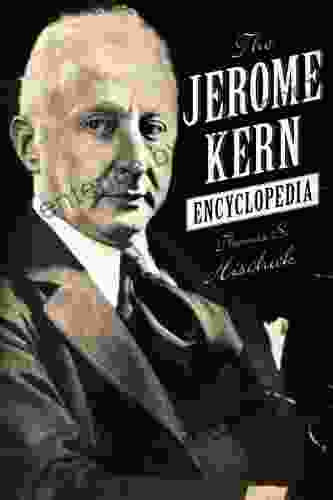Contending Economic Theories: Neoclassical, Keynesian, and Marxian

4.7 out of 5
| Language | : | English |
| File size | : | 2807 KB |
| Text-to-Speech | : | Enabled |
| Screen Reader | : | Supported |
| Enhanced typesetting | : | Enabled |
| Word Wise | : | Enabled |
| Print length | : | 425 pages |
The realm of economics is a fascinating tapestry woven with diverse perspectives and competing theories. Three influential strands that have shaped economic thought for centuries are Neoclassical, Keynesian, and Marxian theories. In this comprehensive guide, we delve into the depths of these contending economic theories, exploring their key tenets, strengths, and limitations.
Neoclassical Economics: The Foundation of Modern Capitalism
Neoclassical economics emerged in the late 19th century, advocating for a laissez-faire approach to economic activity. Key assumptions include:
- Rationality: Individuals and firms make rational decisions based on maximizing their utility and profit.
- Equilibrium: The economy tends towards a state of equilibrium, where supply and demand forces balance each other.
- Free markets: Free markets foster competition, efficiency, and economic growth.
Strengths:
- Clear and logical framework
- Focus on individual incentives
- Supports free trade and economic liberalization
Limitations:
- Oversimplification of human behavior
- Neglects income inequality and market imperfections
- Can lead to excessive reliance on markets
Keynesian Economics: Breaking with Classical Orthodoxy
In response to the Great Depression, John Maynard Keynes challenged Neoclassical assumptions. Keynesian economics emphasizes:
- Aggregate demand: Economic fluctuations are driven by changes in aggregate demand, not just supply.
- Government intervention: Keynes advocated for government spending and fiscal policy to stimulate demand during economic downturns.
- Wage rigidity: Keynes argued that wages tend to be sticky downwards, exacerbating unemployment.
Strengths:
- Explains economic fluctuations and the role of aggregate demand
- Provides justification for government intervention during economic downturns
- Influenced modern macroeconomic policies
Limitations:
- Assumes imperfect markets and rigidities
- Government intervention may lead to inflation and other distortions
- Can undermine individual responsibility and market forces
Marxian Economics: A Radical Critique of Capitalism
Karl Marx's theories challenged the very foundations of capitalism, arguing for a class-based struggle driven by exploitation.
- Labor theory of value: Marx believed that the value of a commodity is determined by the socially necessary labor time required to produce it.
- Class struggle: Society is divided into classes (capitalists and workers) with conflicting interests.
- Capitalist exploitation: Capitalists extract surplus value from workers, leading to class conflict and ultimately the overthrow of capitalism.
Strengths:
- Provides a comprehensive critique of capitalism
- Highlights income inequality and the role of class dynamics
- Influenced socialist and communist movements
Limitations:
- Complex and abstract theory
- Historical predictions, such as the inevitable collapse of capitalism, have not fully materialized
- Can lead to authoritarian and planned economies
Comparative Analysis: Commonalities and Contradictions
Despite their differences, the three contending economic theories share some common ground.
- Emphasis on markets: All three theories recognize the importance of markets in allocating resources.
- Economic growth: Each theory aims to promote economic growth and prosperity.
- Income distribution: While Neoclassical theory assumes income equality, Keynesian and Marxian theories highlight the role of income distribution in economic outcomes.
However, they also have significant contradictions:
- Role of government: Neoclassical theory favors minimal government intervention, while Keynesian theory supports government spending and fiscal policy, and Marxian theory advocates for socialist control of the economy.
- Economic fluctuations: Neoclassical theory sees economic fluctuations as self-correcting, whereas Keynesian theory emphasizes external shocks and rigidities that may require government intervention.
- Class dynamics: Neoclassical theory focuses on individual incentives, while Marxian theory prioritizes class struggle and exploitation.
Relevance in Today's Economic Landscape
The insights provided by these contending economic theories remain relevant today, shaping economic policies and debates.
- Fiscal policy: Keynesian ideas continue to influence government spending and tax policies during economic downturns.
- Income inequality: Piketty's work on capital accumulation has revived Marxian concerns about growing income disparities.
- Market regulation: Neoclassical insights guide antitrust policies and discussions on the proper role of government in regulating markets.
The study of contending economic theories provides a deeper understanding of the complexities of economic thought and the challenges facing policymakers. Each theory offers a unique lens through which to view the economy, with its own strengths and limitations. By exploring the nuances of these theories, we gain a richer appreciation for the diverse perspectives that shape our economic world.
To delve further into this fascinating subject, don't miss the insightful book "Contending Economic Theories: Neoclassical, Keynesian, and Marxian." This comprehensive volume offers a thorough analysis of these influential theories, their historical context, and their implications for contemporary economic debates.
Free Download your copy today and embark on an intellectual journey that will transform your understanding of economics!
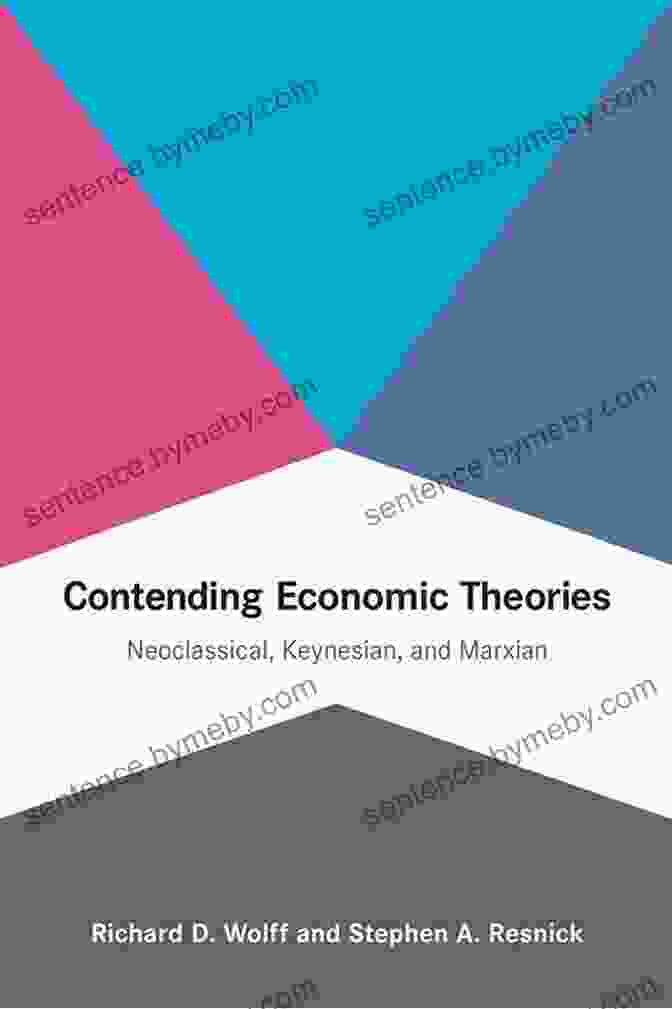
4.7 out of 5
| Language | : | English |
| File size | : | 2807 KB |
| Text-to-Speech | : | Enabled |
| Screen Reader | : | Supported |
| Enhanced typesetting | : | Enabled |
| Word Wise | : | Enabled |
| Print length | : | 425 pages |
Do you want to contribute by writing guest posts on this blog?
Please contact us and send us a resume of previous articles that you have written.
 Book
Book Novel
Novel Page
Page Chapter
Chapter Text
Text Story
Story Genre
Genre Reader
Reader Library
Library Paperback
Paperback E-book
E-book Magazine
Magazine Newspaper
Newspaper Paragraph
Paragraph Sentence
Sentence Bookmark
Bookmark Shelf
Shelf Glossary
Glossary Bibliography
Bibliography Foreword
Foreword Preface
Preface Synopsis
Synopsis Annotation
Annotation Footnote
Footnote Manuscript
Manuscript Scroll
Scroll Codex
Codex Tome
Tome Bestseller
Bestseller Classics
Classics Library card
Library card Narrative
Narrative Biography
Biography Autobiography
Autobiography Memoir
Memoir Reference
Reference Encyclopedia
Encyclopedia Jan Caeyers
Jan Caeyers Janice Mcdonald
Janice Mcdonald Jan Brokken
Jan Brokken Jeanne Mcintosh Rietzke
Jeanne Mcintosh Rietzke Susan Van Kirk
Susan Van Kirk Jasmin Harsono
Jasmin Harsono Jamie Ivey
Jamie Ivey J C Sharman
J C Sharman Simon J Hall
Simon J Hall Stan Slap
Stan Slap Jan Wahl
Jan Wahl Leigh Bardugo
Leigh Bardugo James Vaughn
James Vaughn Mark Gordon
Mark Gordon Jayanti Tambe
Jayanti Tambe Jane Wurwand
Jane Wurwand Jason Smart
Jason Smart Noha Mellor
Noha Mellor James Thomas
James Thomas Jan Jones
Jan Jones
Light bulbAdvertise smarter! Our strategic ad space ensures maximum exposure. Reserve your spot today!

 Ralph Waldo EmersonClinical Pocket Guide To Advanced Practice Palliative Nursing: Your Vital...
Ralph Waldo EmersonClinical Pocket Guide To Advanced Practice Palliative Nursing: Your Vital...
 Emmett MitchellUnlock the Secrets of Driving: A Comprehensive Guide to Mastering the Road...
Emmett MitchellUnlock the Secrets of Driving: A Comprehensive Guide to Mastering the Road... Aaron BrooksFollow ·9.4k
Aaron BrooksFollow ·9.4k William FaulknerFollow ·19k
William FaulknerFollow ·19k Marc FosterFollow ·5.9k
Marc FosterFollow ·5.9k Hugh BellFollow ·17.6k
Hugh BellFollow ·17.6k Braden WardFollow ·14.6k
Braden WardFollow ·14.6k James GrayFollow ·17.5k
James GrayFollow ·17.5k Jace MitchellFollow ·9.8k
Jace MitchellFollow ·9.8k Ray BlairFollow ·16.6k
Ray BlairFollow ·16.6k

 Franklin Bell
Franklin BellHow Businesses Can Thrive In The New Global Neighborhoods
The world is becoming...
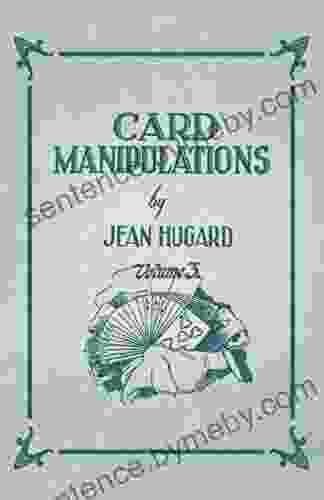
 Rob Foster
Rob FosterCard Manipulations Volume 1: A Masterclass in Deception...
Unveiling the...
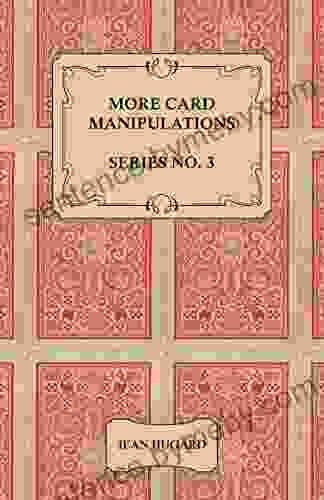
 Enrique Blair
Enrique BlairUnveil the Secrets of Card Manipulation: Dive into "More...
Step into the captivating world...

 Jamal Blair
Jamal BlairComedy Fillers 200 Quips One Liners Jean Hugard
Unlock the Secrets of...

 Chase Simmons
Chase SimmonsUnlock Financial Independence: A Comprehensive Guide to...
In a world where financial security seems...
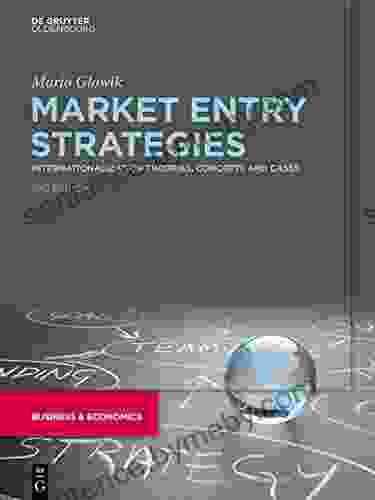
 Dion Reed
Dion ReedUnveiling Global Market Entry Strategies: A Comprehensive...
Global Market Entry Strategies:...
4.7 out of 5
| Language | : | English |
| File size | : | 2807 KB |
| Text-to-Speech | : | Enabled |
| Screen Reader | : | Supported |
| Enhanced typesetting | : | Enabled |
| Word Wise | : | Enabled |
| Print length | : | 425 pages |





